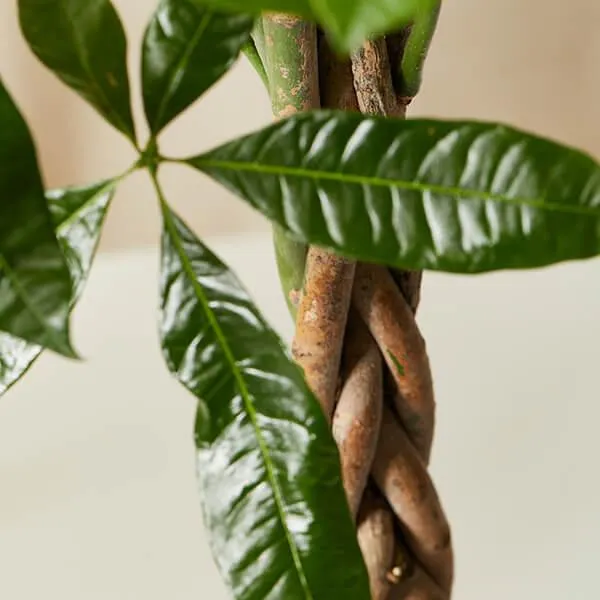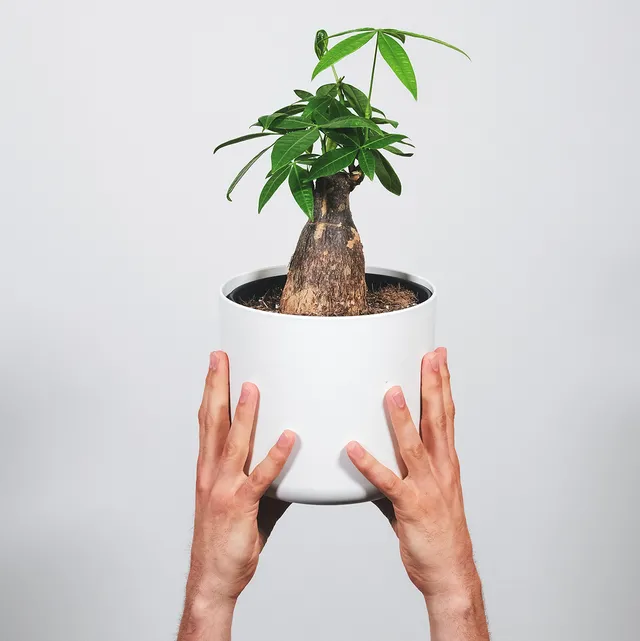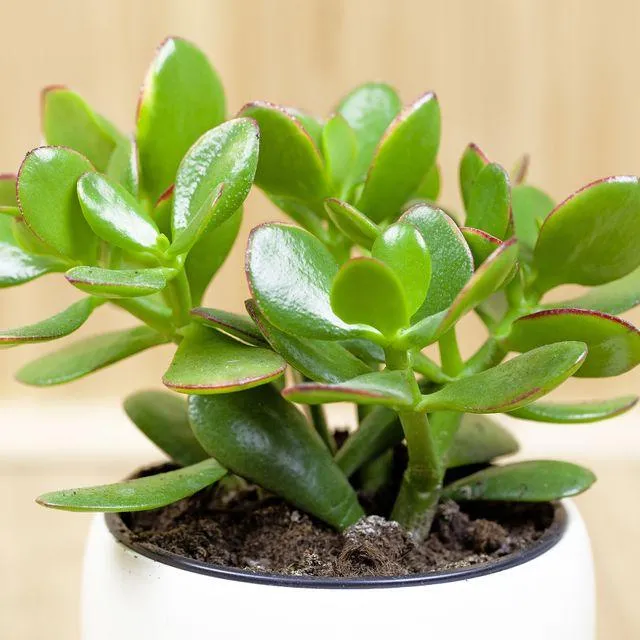A Complete Guide to Indoor Tree Care
Caring for indoor trees can seem like a daunting task if you’re new to it. But with the right approach, you can keep your potted trees thriving throughout the year. In this guide, I’ll cover all the basics of indoor tree care from watering to pruning to pest control. By the end, your trees will be living their best leafy lives!
Choosing the Right Tree for Indoors
The first step is selecting a tree species suited to indoor conditions. Some good options are:
- Ficus benjamina (Weeping fig) – Very tolerant of low-light and stresses. A popular choice.
- Dracaena marginata (Madagascar dragon tree) – Thrives with indirect sunlight. Colorful trunks and stems.
- Parlor palm – Reliable and low-maintenance. Can handle low humidity levels.
Avoid trees prone to dropping leaves or needles which will cause a mess. Read care tags before buying to know a tree‘s light, water and space needs. Proper matching means a happier, healthier tree!
Potting and Repotting
Use a container with drainage holes that’s only slightly larger than the root ball. Standard potting mix works well. When repotting, check if the roots have filled the container. If so, it’s time for a larger pot. Careful root pruning may be needed to avoid rootbound trees.

Watering Indoor Trees Correctly
Underwatering is a common issue indoors due to low humidity. Here are some watering tips:
- Check soil moisture by sticking your finger 1-2 inches deep. Water when it’s dry.
- Water thoroughly until it drains from the holes. Don’t let the pot stand in water.
- Mist leaves weekly to raise humidity. Pebble trays or humidifiers also help. Humidity-loving trees like misting.
The frequency varies with tree type and season. Check daily if the air is very dry. Err on the side of underwatering than overwatering which causes root rot.
Pruning Indoor Trees
Pruning keeps trees healthy, shapely and at a manageable size for your space. Follow these guidelines:
- Use clean, sharp bypass pruners or loppers. Sterilize between trees to avoid disease spread.
- Remove dead, diseased or damaged branches at their base.
- Prune above a set of healthy leaves to encourage new growth. Avoid leaving stubs.
- Lightly shape trees as needed. Avoid heavy pruning which can stress indoor trees.
Prune after blooms to avoid removing flowers. Spring is a good time for most pruning. Don’t cut more than 1/3 of the canopy at once.

Fertilizing Indoor Trees
Fertilize during the active growing season – typically spring through fall. Choose a balanced, water-soluble fertilizer suitable for houseplants. Dilute it to half or quarter strength as per instructions.
Apply monthly through the growing season except when the soil is very dry. Scratch some fertilizer into the topsoil and water well. Overfertilizing can burn roots, so go easy on the feed.
Dealing with Pests
Pests are common indoors and can stress trees. Regular inspections help catch issues early. Some common indoor tree pests and controls include:
- Spider mites – Isolate the plant. Spray with neem oil or insecticidal soap to smother eggs and larvae.
- Scale – Wipe with isopropyl alcohol or treat with systemic insecticide. Check for signs like sticky honeydew.
- Mealybugs – Dab with rubbing alcohol or spray with neem or insecticidal soap. Isolate infected trees.
Avoiding overwatering helps control pests. Natural predators like ladybugs also provide biocontrol. As a last resort, contact pesticides can be used following safety precautions.

Dealing with Diseases
Common tree diseases include root and foliar rots due to overwatering or humidity issues. Notice discolored or mushy foliage, stems or roots. Treat affected parts promptly:
- Prune and remove rotted areas with sterilized shears, at least an inch into healthy tissue.
- Spray remaining plant with a fungicide like bordeaux mix. Preventive sprays also help.
- Disinfect pots and tools to stop the spread. Improve air flow and drainage.
Avoid wounding trees which allows infection entry. Maintain a clean growing environment for healthy indoor trees.
Plant Care During Seasonal Transitions
Adjust care slightly for winter dormancy and summer’s stronger light and heat:
- In winter, reduce watering and move to lower-light areas. Prevent drafts and provide at least 50°F temperatures.
- Summer needs extra water as trees are actively growing. Move topartial shade to prevent scorched leaves.
- Gradually adjust light and water during seasonal acclimation to reduce stress on indoor trees.
Following these indoor tree care basics means your trees will thrive year after year. Don’t hesitate to seek advice for any specific problems. With patience and TLC, you can grow beautiful indoor trees in your home.

I hope this guide has covered all the potential questions and intentions of someone researching indoor tree care. Please let me know if you need any clarification or have additional questions. Caring for houseplants can be incredibly rewarding once you understand their needs. Happy growing!
Indoor Tree Care Essentials
| Tree Species | Light Needs | Water Needs | Fertilizer |
|---|---|---|---|
| China Doll | Bright indirect light | Allow soil to dry between waterings | Apply diluted liquid fertilizer monthly spring-fall |
| Holly Fern | Low to bright indirect light | Keep soil consistently moist | Apply diluted liquid fertilizer every 2-3 months |
| Corn Plant | Bright indirect light | Water when top inch of soil is dry | Apply diluted liquid fertilizer monthly spring-fall |
| Peace Lily | Low to bright indirect light | Let soil dry slightly between waterings | Apply diluted liquid fertilizer monthly spring-fall |
| Areca Palm | Bright indirect light | Water when top inch of soil is dry | Apply diluted liquid fertilizer every 2-3 months |
FAQ
- How much light does an indoor tree require? Indoor trees need lots of sunshine. Most trees need at least 6 hours of direct or indirect bright sunlight each day to stay healthy. Otherwise they could get sickly or even perish.
- What types of trees do best indoors? Certain tree varieties adapt well to indoor conditions. Trees like fiddle-leaf fig, palm trees, and dwarf citrus are some of the easier houseplants to look after. They don’t necessarily need a ton of space or perfect growing conditions.
- How often should I water my indoor tree? The frequency of watering depends on the tree type and conditions. As a basic rule, check the soil daily. Water when the top inch becomes dry. During hot weather you may need to water every few days. Overwatering can rot the roots, so less is usually more.
- What soil is best for indoor trees? A loose, well-draining potting mix allows for good drainage and aeration of the roots. Go for a soil made for indoor plants. Adding components like peat moss or compost promotes water retention without becoming soggy. You want the soil to dry out slightly between waterings.
- How do I fertilize an indoor tree? Fertilizing monthly during the growing season boosts your tree’s health and vigor. Look for a balanced fertilizer labeled for trees and follow dosage instructions. Apply it diluted in water at each watering for best absorption. Too much fertilizer can burn the roots.
- How do I prune an indoor tree? Pruning helps maintain shape and control size. Use clean pruning shears. Cut just above a bud or branch node. Trim suckers or sparse growth from the bottom. Be careful not to remove more than 1/3 total growth at once.
- What pests plague indoor trees? Common problems involve scale, spider mites, and aphids. Look for dots or webbing on leaves. Isolate the tree and spray with insecticidal soap as directed. You’ll have to check often and repeat treatments. Ladybugs and lacewings eat pests but can wander off if not contained.
- How big will my indoor tree get? Tree size depends a lot on variety and growth conditions. Most houseplants top out after a few years. For long-term management, switch to a dwarf variety or size-control pot. If it outgrows your space, consider transplanting outside in warmer months or donating to a friend.
So in summary, indoor trees need good care for optimal health indoors. With the right conditions of sunlight, soil, water and fertilizer, most varieties will reward you with greenery under glass. Experiment to find the low-maintenance tree that suits your growing space and lifestyle. Hopefully these FAQ shed light on some common tree troubles and solutions! Let me know if any other questions come up.
